Altun Ha takes its name from the ancient Maya reservoir that locals call "rock stone pond." But, its name actually means "stone water " in Mayan. Altun Ha is located straight east of Lamanai. Altun Ha is thought to have been a commercial trading site between the waters of the Caribbean and the deep interior of the Maya Civilization. The life span of the site is thought to have been 100 B.C.E. - 1000 C.E. Within the central portion of the site there are more than 500 structures. The entire city covered some 1.8 square miles and contains around 250 to 300 unexcavated mounds. Population estimates for Altun Ha at its peak are 9,000 to 12,000. The inhabitants of Altun Ha began to erect permanent buildings sometime around 100 C.E. These early buildings centered around a natural depression in the ground with an artificial clay lining and a dam at the south end. Other small reservoirs were constructed from quarries. Quarries were modified as catch-basins for rain water. The major temples are actually not single buildings, but several built on top of each other. Temple of the Green Tomb, shows at least seven constructional phases and some of them are exposed to view. Also, a treasure of over 300 jade objects was found there. In all, seven tombs were found and excavated within the main temple. Of all the tombs, the most striking was the last one discovered which also was the earliest built. This tomb dates from 600 C.E. Included among the objects found was a jade mask. It's a mask of Kinich Ahau, The Sun God, standing 6 inches in diameter and weighing in at 10 pounds. It is the biggest jade piece yet discovered in the Maya area.
Copyright: © 1999 thru 2021. All the content; content being images, statements and writing of this website including E-Book are the copyright of Freedom8.net and Walter F. Petrucci, West Hurley, New York.
All rights expressly reserved and as such, protected by U.S. and International Copyright Laws. Design by freedom8 webmaster Version8.

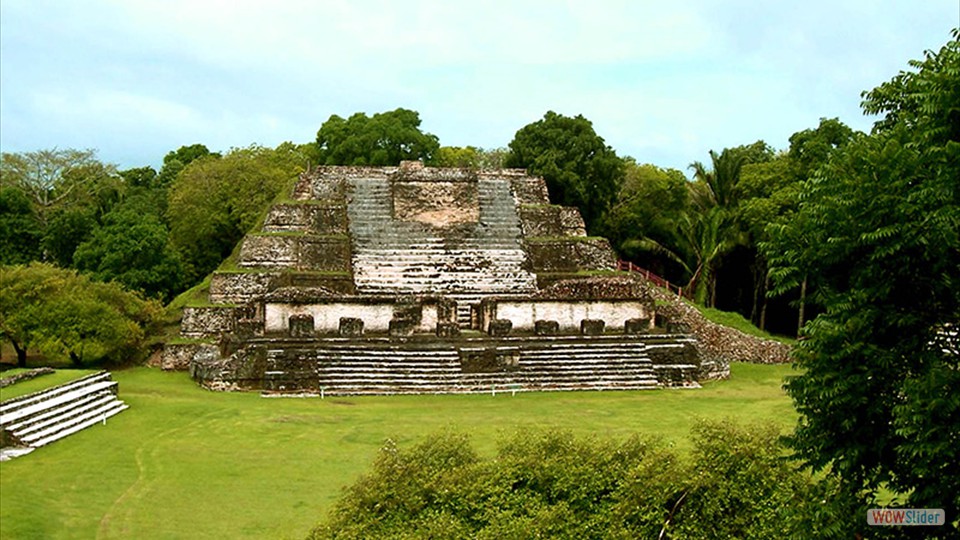
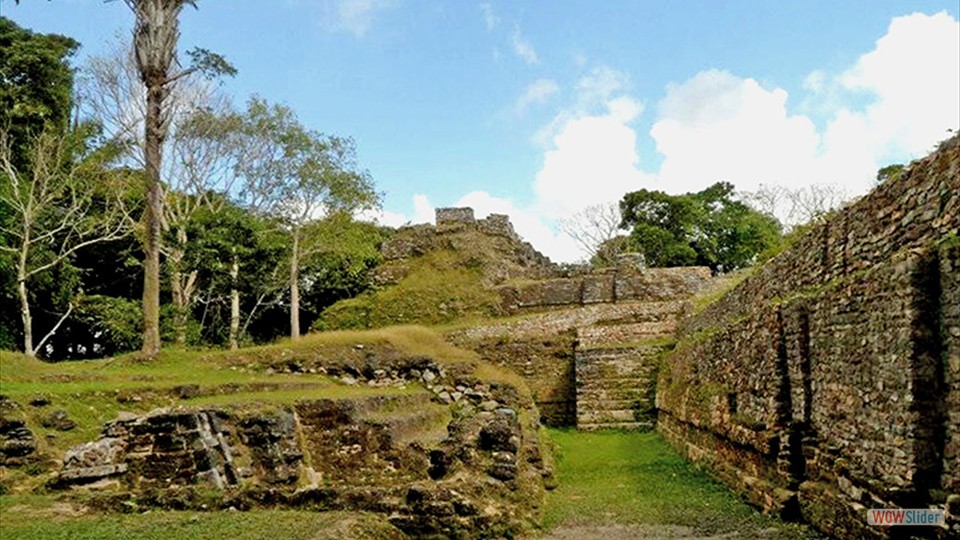
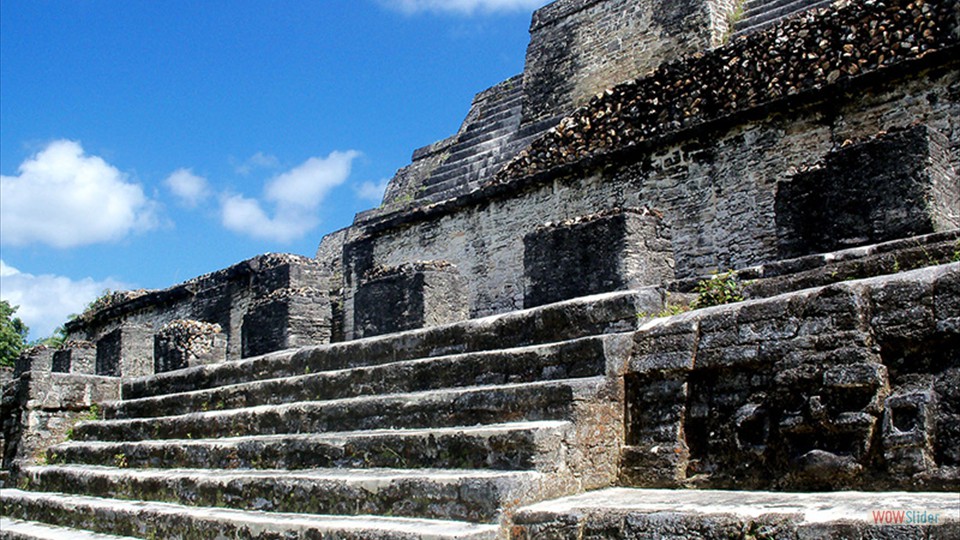
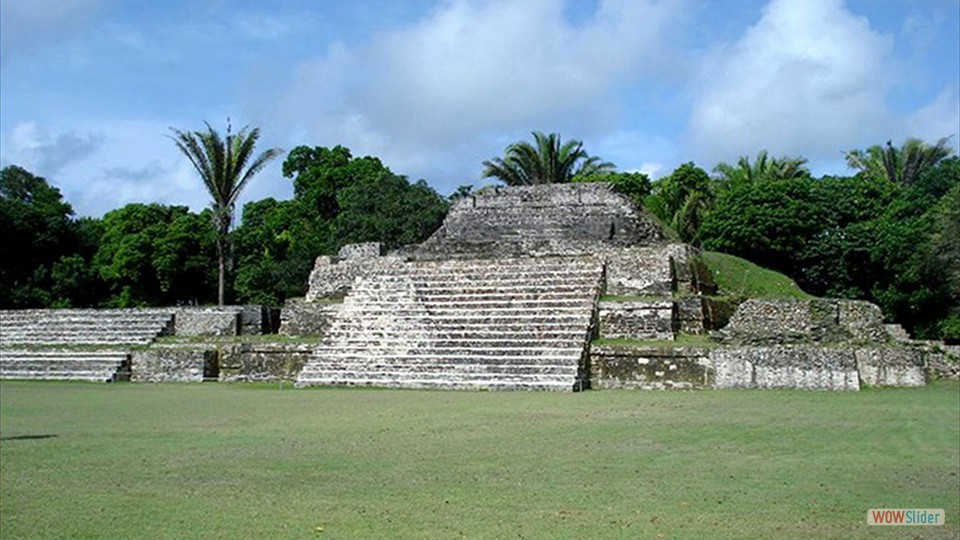
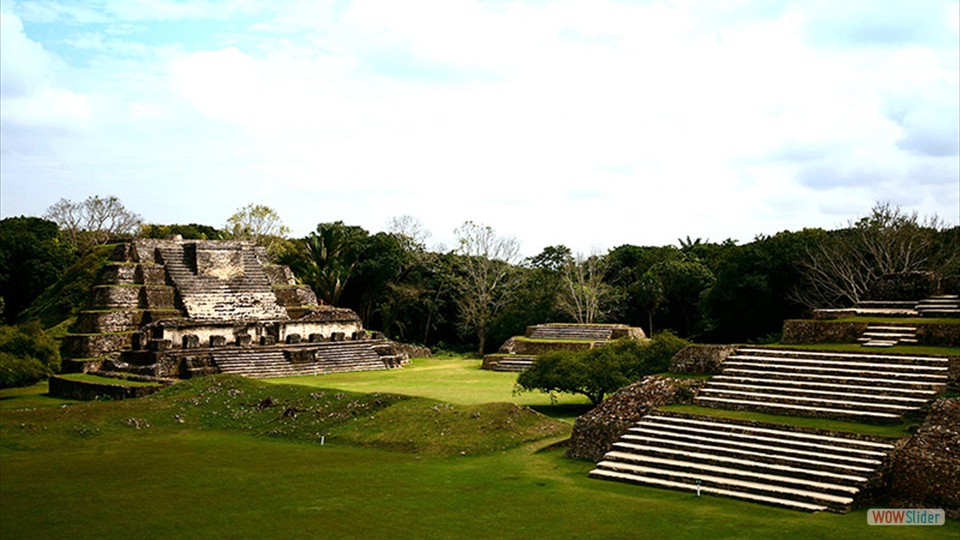
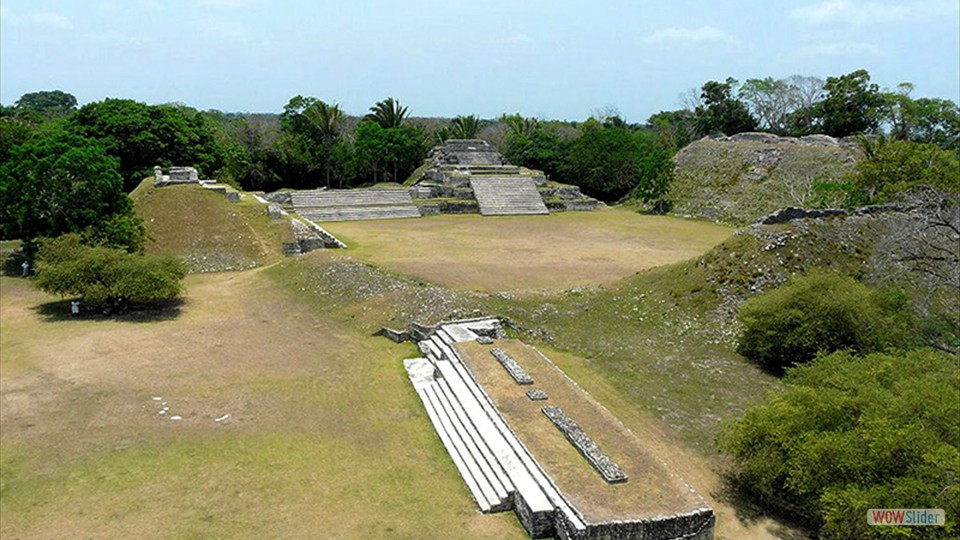
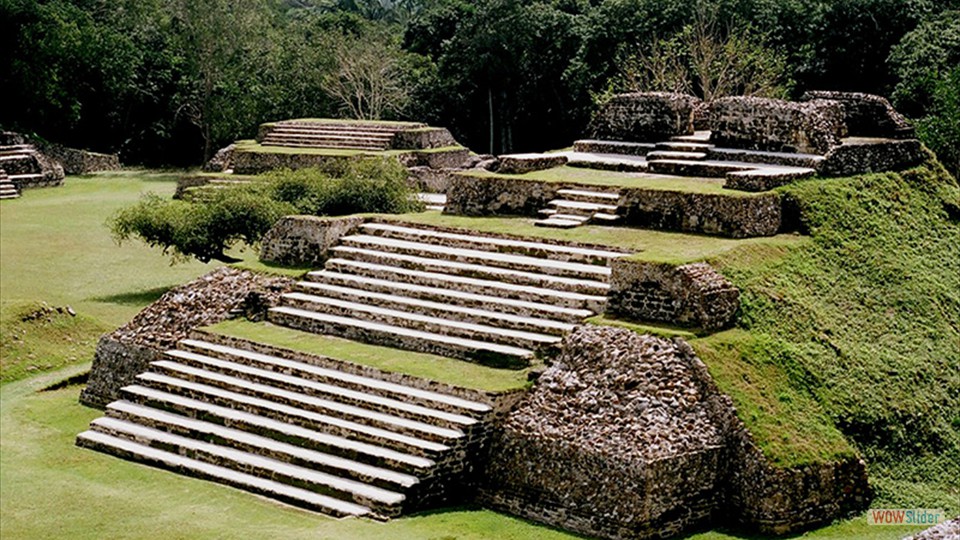


 1
1 2
2 3
3 4
4 5
5 6
6 7
7 8
8 9
9